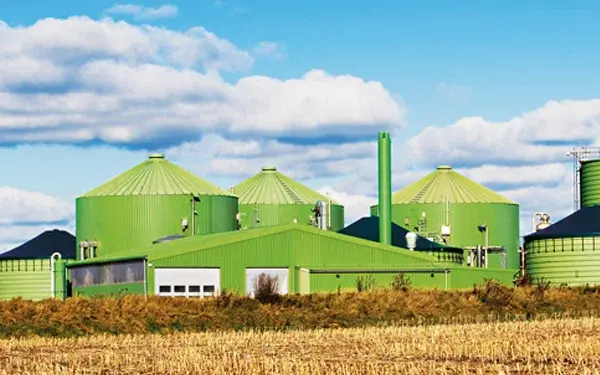MNRE Issues Revised Guidelines for Waste-to-Energy Projects
- TPP

- Jun 28
- 3 min read

In a significant move to accelerate India’s transition towards cleaner energy and efficient waste management, the Ministry of New and Renewable Energy (MNRE) has notified revised guidelines under the Waste-to-Energy (WtE) Programme, a key component of the National Bioenergy Programme. These updates aim to create a more transparent, efficient, and performance-driven ecosystem for converting biodegradable waste into useful energy forms like Compressed Biogas (CBG), Biogas, and Electricity.
A core objective of the revised framework is to enhance the ease of doing business, especially for Micro, Small, and Medium Enterprises (MSMEs). To that end, the MNRE has simplified approval procedures, reduced paperwork, and enabled faster project execution. These changes not only facilitate project development but also support better utilization of various waste sources—including agricultural stubble, industrial organic waste, and municipal solid waste—contributing directly to India’s commitment of achieving net-zero carbon emissions by 2070.
One of the key highlights of the revised guidelines is the overhaul of the Central Financial Assistance (CFA) disbursal mechanism. In the earlier system, full CFA was only granted once a plant achieved 80% of its rated generation capacity, which was often difficult for developers to attain in the initial phases. Recognizing these challenges, MNRE has introduced flexible and staged financial support based on actual performance.
Under the new system, the CFA will be disbursed in two stages:
50% of the total eligible CFA will be released upon the plant obtaining a Consent to Operate (CTO) certificate from the State Pollution Control Board (SPCB), and against a bank guarantee.
The remaining 50% will be released once the plant reaches 80% of its rated capacity, or the maximum CFA-eligible capacity, whichever is lower.
Importantly, if the plant fails to meet the 80% threshold, pro-rata disbursement is now permitted, meaning financial support will be calculated based on the actual percentage of output achieved. However, no CFA will be granted if the plant’s Plant Load Factor (PLF)—a measure of average output capacity—is below 50%. This change strikes a practical balance between encouraging high performance and acknowledging real-world operational hurdles.
To ensure greater credibility and transparency, the performance inspection process has also been refined. It now requires a joint inspection conducted by the National Institute of Bio-Energy (SSS-NIBE)—an autonomous institute under MNRE—along with any one of the following: the respective State Nodal Agencies (SNAs), Biogas Technology Development Centers (BTDCs), or any MNRE-empaneled third-party agency. For developers not opting for advance CFA, only a single performance inspection is required, thereby minimizing delays and bureaucratic overhead.
Don't miss
Further enhancing operational flexibility, developers are now allowed to claim CFA within 18 months from either the date of commissioning of the project or the date of In-Principle Approval of CFA—whichever is later. This provision provides more breathing room for companies that may face unforeseen delays during implementation.
Overall, these proactive revisions reflect MNRE’s continued efforts to decentralize energy generation, incentivize actual performance, and promote sustainable waste management practices. By aligning financial assistance with tangible results, simplifying regulatory compliance, and ensuring faster fund disbursal, the government is actively fostering a more business-friendly and outcome-oriented environment for private and public players in the Waste-to-Energy space.
Click for UPSC Content
Click for Daily Quotes:
Stay updated with the latest news by joining our Telegram channel – The PRESS Pad , and follow us on Instagram and X.



Comments